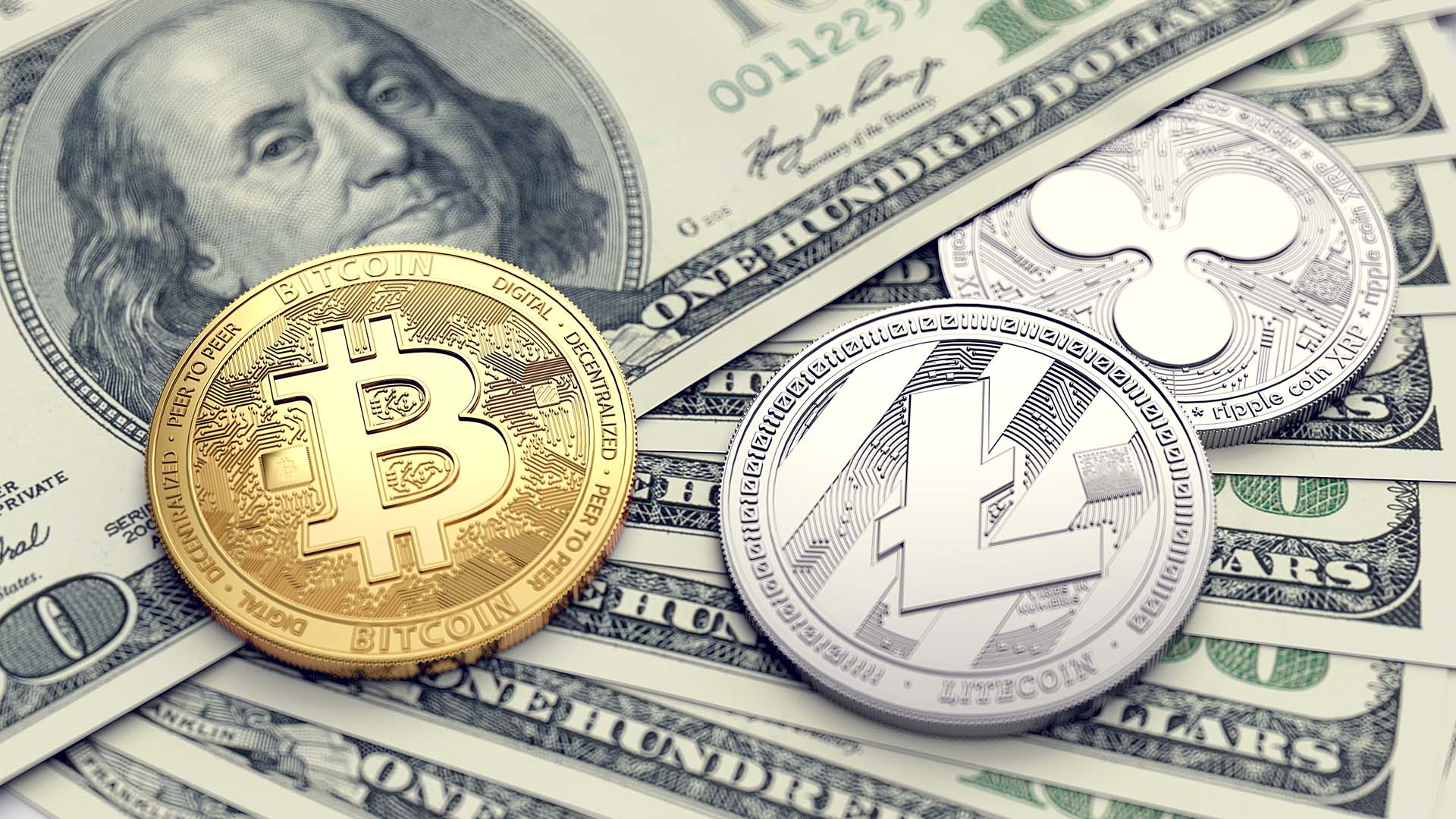There are approximately 180 fiat currencies in the world.
What Are Fiat Currencies?
Think of US dollars, euros, yens. Think of the approximately 180 currencies used as “money” around the world. All those currencies are fiat currencies, legal tender currencies backed by the specific government issuing that specific currency to be used as “money” in order to buy a valued product or service in a marketplace economy.
According to Sofi, “’fiat’ means an authoritative or arbitrary order…an order by the government that gives (fiat currencies) value and makes them legal tender.”
So, for example, if you want to buy a pound of bananas at your grocery store in the US, you have to pay the grocery a dollar amount for that one pound of bananas. On Monday, the grocery is charging $1.79 for that pound of bananas. On Wednesday, the grocery (or the marketplace) is charging $2.03 for that same one pound of bananas. On Thursday when you go into your grocery to buy those bananas or your grocery delivers them to you, you have to pay the equivalent of $2.03 in fiat currency (or by credit card) in order to buy that one pound of bananas.
READ: 2022 Top Agent Success Secrets [Revealed]: New FREE Real Estate Coaching Web Event, Revealing 17 Surprising Secrets Of The Top 100 $ Millionaire Agents. Get Your FREE Spot For The 2022 Real Estate Coaching Webinar Now. After You Have Attended This Event You Will Have A Huge Feeling Of Relief Knowing You Will FINALLY Laugh At Your Money Worries – You Will Have Your Own Personalized 2022 Step-By-Step Business Plan. Learn Now How To Generate 100’s of Motivated Leads for FREE, Without Coming Off As A Pushy Salesperson and Losing Your Soul. You Will Soon Know How To Become One of the 1000s of Agents Making HUGE Money Who Never Thought They Could. YES, I Want To Attend The FREE Webinar! <——Click To Register
P.S. Free Webinar, Limited Space. Less Than 300 Spots Still Available.
Why the $2.03 instead of $1.79? Because the grocery (the marketplace) determined, based on supply and demand, the most current value/cost of those bananas. The marketplace decides the value/ the cost/ the amount for one pound of bananas (or product) for that day.
Just as the value/cost/ price of a home on any given day goes up and down based on supply and demand, the person who wants to buy that home has to come up with the fiat currency equivalent to pay for that home’s value/cost/price.
What Is Cryptocurrency?
Just like fiat currency that is either exchanged in the marketplace in order to buy a house, a banana, a massage, etc. or stored (saved) as something representing value, cryptocurrencies are essentially virtual currencies that are managed by a decentralized network instead of a single authority or government.
Exchanges of value, or transactions, made using cryptocurrencies as “money” are permanently logged onto a ledger called a blockchain. Only the specifics of the transaction are logged onto the ledger, not the name and/or the identification of the person or entity making/paying for the exchange.
Everyone has access to this ledger so essentially, this ledger is a public database. Anyone can view the specifics of the transaction, just not the name/entity who acted as payer or user of the transaction. The payer or user in this cryptocurrency transaction has more privacy simply because the name of the person/entity/payer/user that triggered this transaction is NOT recorded.
Cryptocurrency transactions have a couple of advantages for users: the transactions are more private and non-traceable plus the transactions are instantaneous…no having to wait for fiat currency to be delivered and then recorded into someone’s bank account.
On the other hand, critics of cryptocurrencies say their valuations have been too volatile. Not only does the user of cryptocurrencies have to deal with fluctuations in the prices/costs/values of the goods and services they may want to buy, they also have to deal with fluctuating valuations of cryptocurrencies.
What Are Central Bank Digital Currencies (CBDCs)?
Central banks are now creating and banking their own Central Bank Digital Currencies (CBDCs) due to the growing popularity of cryptocurrencies.
But, you might ask, aren’t cryptocurrencies supposed to be decentralized without one authority backing them?
The answer is yes. That said, according to a January 2020 survey by the Bank of International Settlements, 80% of central banks were both researching and experimenting with CBDCs to help control the flow of money and, of course, to make additional money for their own central banks as “their” clients use “their” CDBCs.
The Pros and Cons of Fiat Currency
Fiat currency or paper/coin currency is easy to produce, easy to have with you, convenient and good at facilitating exchange transactions. Unless someone steals your identity and hacks into your bank account or steals your wallet, fiat currency and its valuation (dollar amounts) are pretty reliable because the central banks control the money supply and its valuations.
The cons of fiat currency are that the transaction flows are slow (unlike cryptocurrency) and that it can be stolen either by hackers or thieves who pick wallets.
Either way, banks, investment firms and governments are or will soon place restrictions on cryptocurrencies just as they do with fiat currencies via some sort of financial channel (Think ETFs at this point, exchange-traded funds). Any way to make an extra buck will do in either fiat currency, cryptocurrency or CDBDs, right?
Thanks to Sofi.































